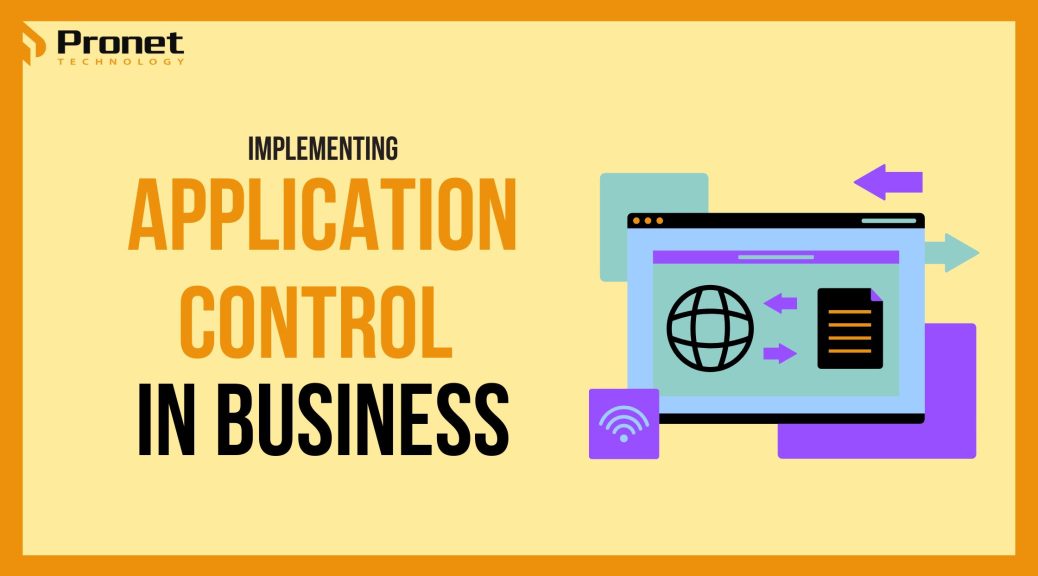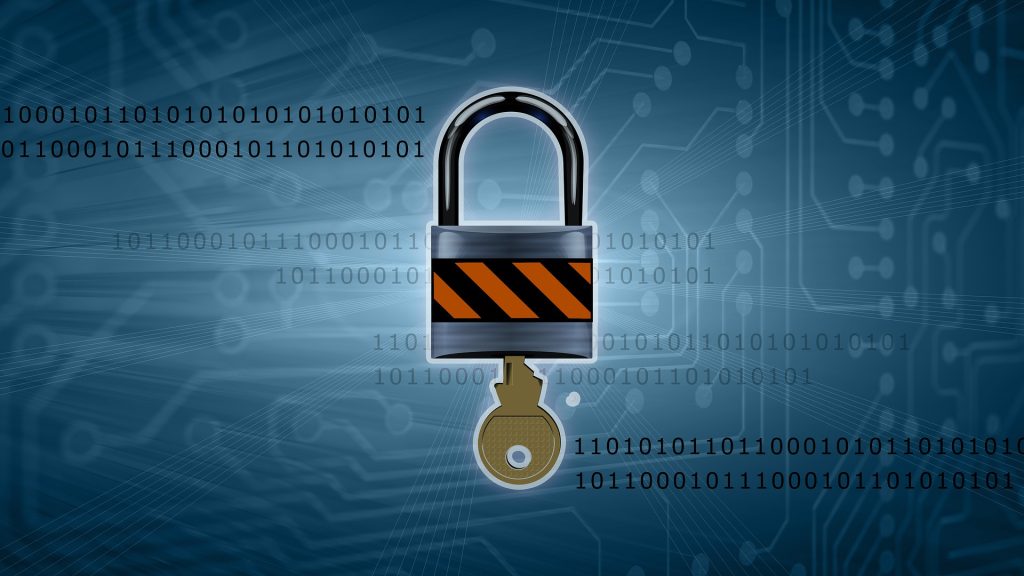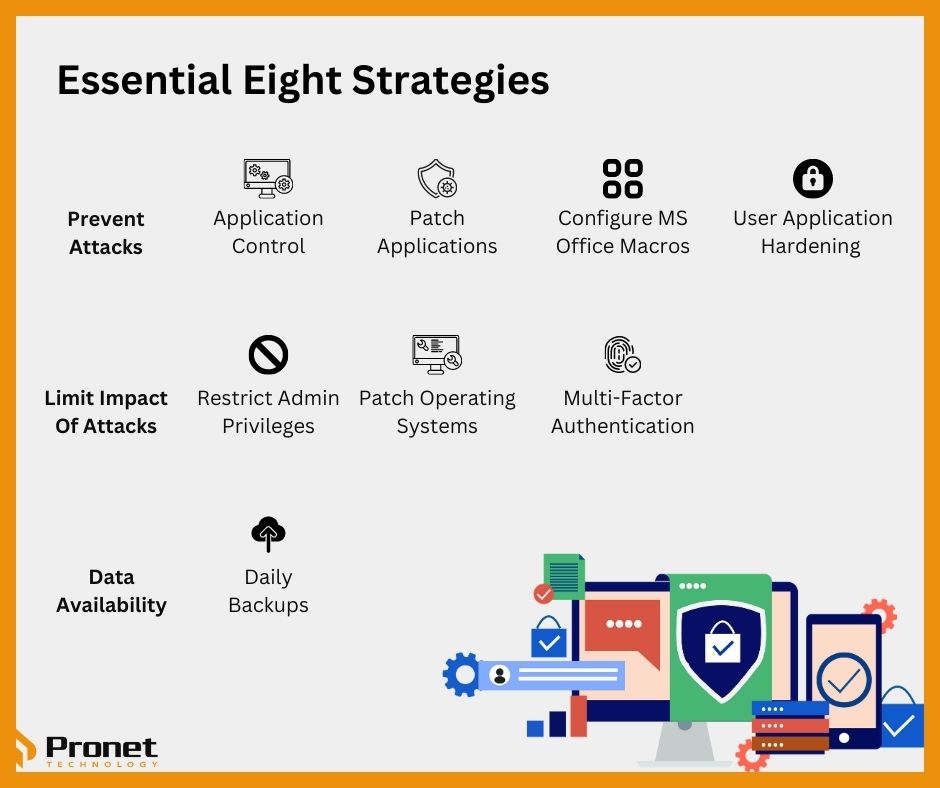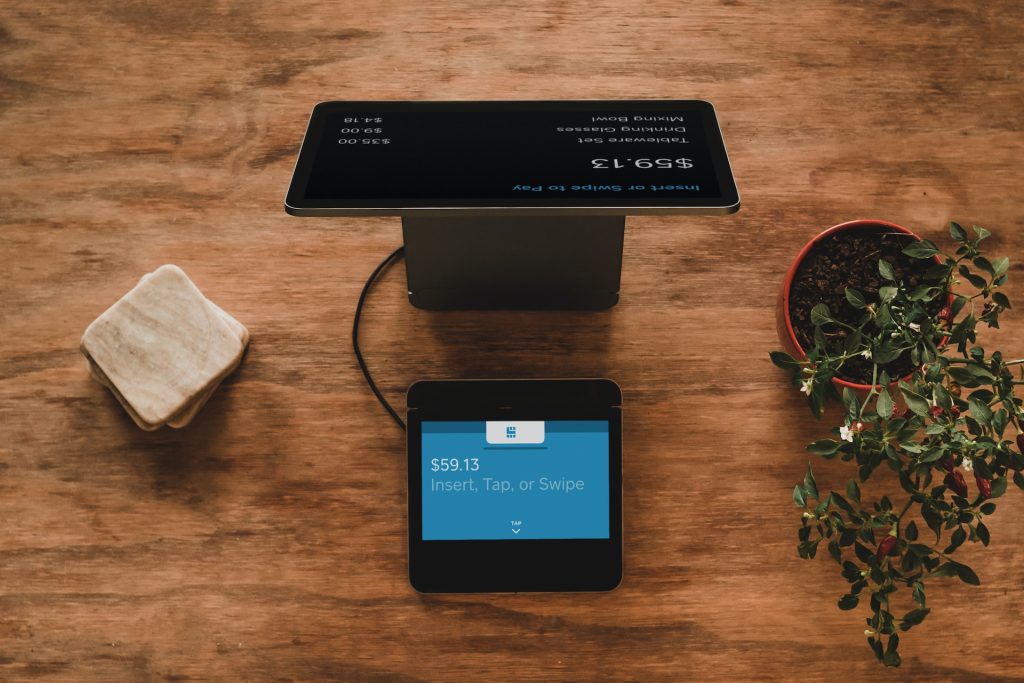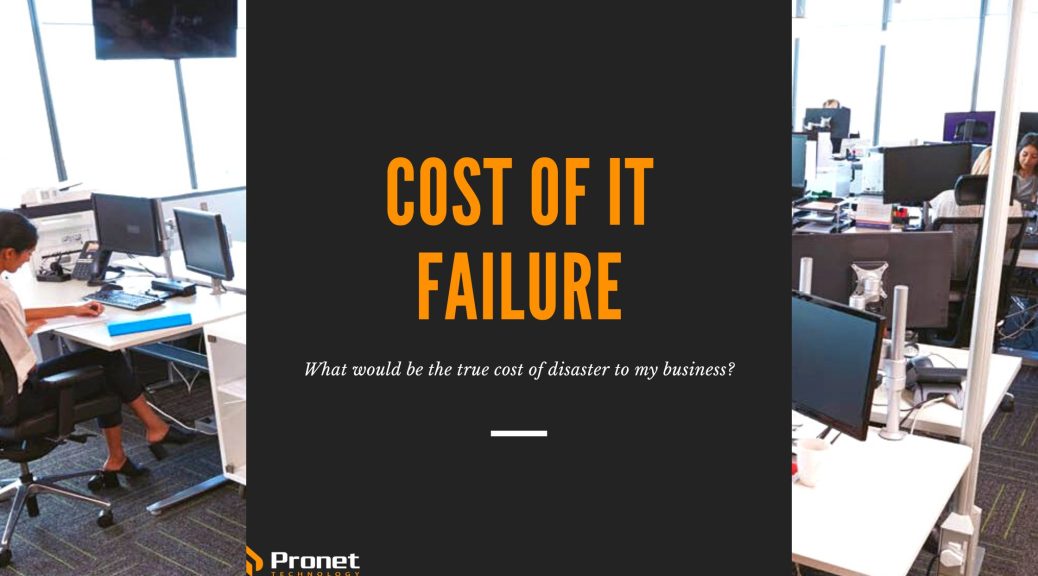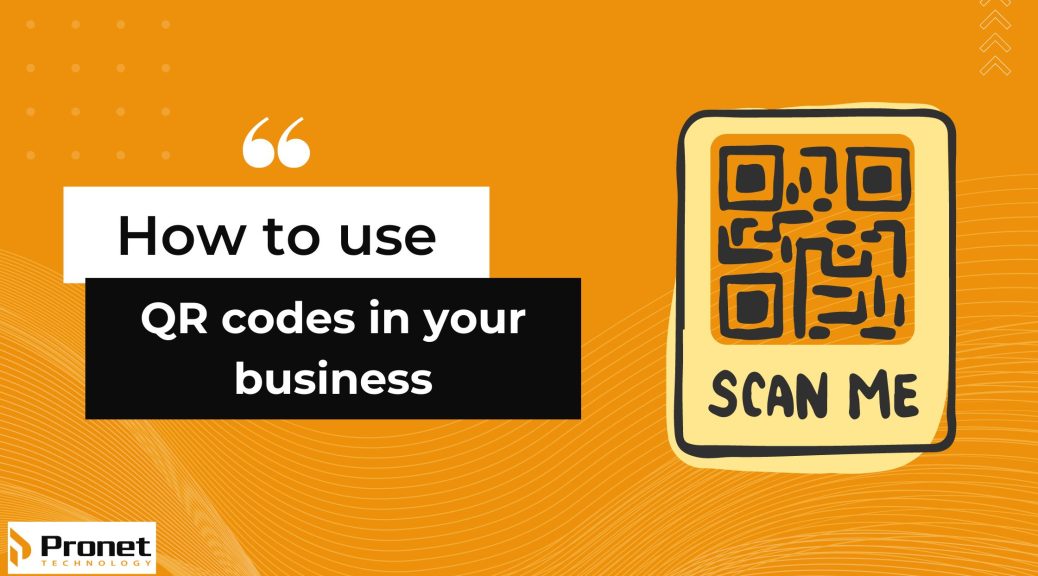How is DNSProtect beneficial for my business?

Businesses of all sizes face numerous Cyber Security threats. From malware attacks to phishing scams, cybercriminals are constantly coming up with new techniques to exploit vulnerabilities and compromise sensitive data. As a business owner, it is crucial to prioritise the security of your network and protect your valuable assets.
A strong DNS (Domain Name System) protection solution is key to securing your network. At Pronet Technology, we use something called DNSProtect, which is a powerful tool that provides an additional layer of security for your business, shielding it from various online threats.
DNSProtect is a defensive system that prevents Cyber Security threats. It’s a way for employers to restrict what employees access on the go, when not connected to the network in the office. Essentially, if a website has something potentially dangerous within it, DNS filtering blocks the user from visiting the site. It’s a zero-trust solution that leaves no room for chance.
What is a Domain Name System?
A Domain Name System (DNS) is a service for accessing a networked computer by its name instead of its IP address, kind of like a contact list of the Internet.
Basically, users access information through domain names, like pronet.com.au, but web browsers interact through Internet Protocol (IP) addresses. The DNS then translates these domain names to IP addresses so the browser can load the Internet resource for you to access. The entire process takes milliseconds.
As of 2023, there are over 628.5 million domain names registered.
How is DNSProtect beneficial for my business?
When it comes to safeguarding your business, DNSProtect offers a wide range of benefits that are worth considering.
Enhanced Network Security and Protection
With DNSProtect, your business can fortify its network security and protect it from various cyber threats. By filtering and blocking malicious websites, phishing attempts and malware-infected domains, DNSProtect acts as a proactive shield for your network. It prevents users within your organisation from unknowingly accessing harmful content, gives you insight into the types of threats that might impact your network and ensures a safer online environment.
Prevention of Data Breaches
Data breaches can have devastating consequences for any business, leading to financial loss, reputational damage and legal repercussions. DNSProtect significantly reduces the risk of data breaches by blocking unauthorised access to malicious websites or servers that may attempt to steal sensitive information. By proactively preventing data breaches, you can maintain the trust of your customers and stakeholders.

Mitigation of Downtime and Productivity Loss
Cyberattacks can result in significant downtime, disrupting your business operations and causing productivity loss. DNSProtect plays a crucial role in minimising the impact of such attacks by blocking access to malicious domains that host malware or initiate distributed denial-of-service (DDoS) attacks. DNSProtect helps your business maintain productivity and efficiency by ensuring uninterrupted access to legitimate websites and resources by blocking time-waster websites.
Protection against Phishing Attacks
Phishing attacks continue to be a prevalent threat to businesses. These attacks typically involve the impersonation of reputable entities to deceive individuals into revealing sensitive information such as login credentials or financial details. While you still might receive phishing emails, if an unaware employee clicks on a malicious link, DNSProtect detects and blocks the known phishing domain, preventing the employee from falling victim to these fraudulent schemes and protecting your business from potential financial losses and compromised data.
Filtering of Inappropriate Content
Inappropriate content can pose risks to your business, affecting employee productivity, tarnishing your brand image and potentially leading to legal issues. DNSProtect enables you to enforce content filtering policies, restricting access to websites that contain explicit or inappropriate content. By creating a safer and more professional online environment, DNSProtect helps you maintain direct control over how your network and devices are used and uphold your company’s values.
Increased Visibility and Control
DNSProtect provides you with increased visibility and control over your network traffic and the types of sites and applications used by employees. By monitoring DNS queries and identifying suspicious activities, it allows you to detect and respond to potential security incidents promptly. With comprehensive reporting and analytics, you can gain insights into your network’s behaviour, identify potential vulnerabilities and make informed decisions to enhance your overall security position.

Cost-Efficiency and Ease of Implementation
Implementing DNSProtect is a cost-effective security measure for your business. It does not require costly hardware investments or extensive training for your IT team. DNSProtect is designed to be easy to implement, with user-friendly interfaces and straightforward configuration options. This means that you can quickly integrate DNSProtect into your existing network infrastructure without significant disruptions or financial burdens.
Protection for Remote Workers
In today’s flexible work environment, where remote work is increasingly common and will continue to be in the future, DNSProtect offers crucial protection for your remote workforce. It ensures that employees connecting to your network from outside the office are safeguarded against online threats, regardless of their location. By extending security measures to remote workers, DNSProtect strengthens your overall Cyber Security and reduces the risk of network breaches.
Compliance with Data Protection Regulations
In an era of stringent data protection regulations, businesses must ensure they meet compliance requirements. DNSProtect contributes to your compliance efforts by providing an additional layer of security that helps protect sensitive data and prevent unauthorised access.
Seamless Scalability
As your business grows, your network requirements evolve accordingly. DNSProtect offers seamless scalability, allowing you to adapt to changing needs without compromising security. Whether you have a small business with a handful of users or a large enterprise with complex network infrastructure, DNSProtect can accommodate your expansion plans and continue to provide reliable protection at any scale.
Ensuring the security of your business is non-negotiable. DNSProtect can help with this as it provides network security, prevents data breaches, protects against phishing attacks and filters inappropriate content. Its ease of set-up, cost-effectiveness, scalability and compatibility with remote work environments makes it a powerful solution for businesses of all sizes.
Don’t wait until a cyberattack compromises your business. Protecting your business is not just about the financial aspect — it’s about safeguarding the livelihoods of your employees, maintaining your reputation and ensuring the trust of your customers.

FAQs about DNSProtect
- How does DNSProtect work?
DNSProtect works by analysing DNS queries made by users within your network. It compares these queries against a comprehensive database of known malicious domains, phishing websites and other threats. When a user attempts to access a potentially harmful domain, DNSProtect blocks the connection, preventing you from accessing the malicious site.
- Can DNSProtect slow down my network?
No, DNSProtect is designed to operate efficiently and has minimal impact on network performance. With its optimised algorithms and infrastructure, DNSProtect ensures that DNS resolution occurs swiftly and seamlessly, without causing noticeable delays or disruptions for users.
- Can DNSProtect prevent all cyber threats?
While DNSProtect provides robust protection against a wide range of cyber threats, it is important to note that no security solution can offer a 100 per cent guarantee. DNSProtect significantly reduces the risk of attacks by blocking access to known malicious domains and implementing proactive security measures.
- Is DNSProtect suitable for small businesses?
Absolutely! DNSProtect is an ideal solution for businesses of all sizes, including small and medium-sized enterprises. Its ease of implementation, cost-effectiveness and scalability make it a great choice for organisations with limited resources seeking powerful network security measures.
- Can DNSProtect be used in conjunction with other security solutions?
Yes, DNSProtect can be seamlessly integrated with other security solutions to create a layered defence strategy. By combining DNSProtect with firewall systems, antivirus software and intrusion detection systems, you can enhance your overall security framework and ensure comprehensive protection against diverse cyber threats.
- Is DNSProtect suitable for industries with strict compliance requirements?
Yes, DNSProtect’s ability to block malicious domains and protect sensitive data makes it an excellent choice for industries with strict compliance requirements, such as healthcare, finance and e-commerce. It also contributes to complying with regulations like The Privacy Act.







